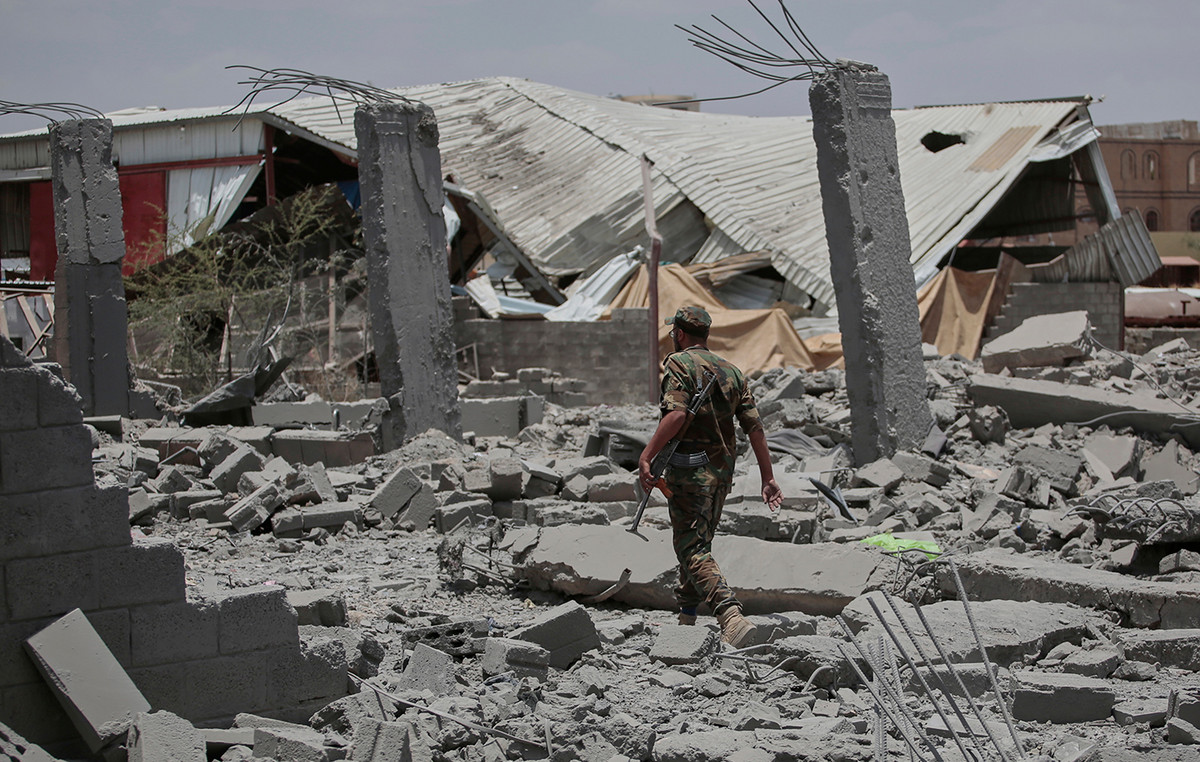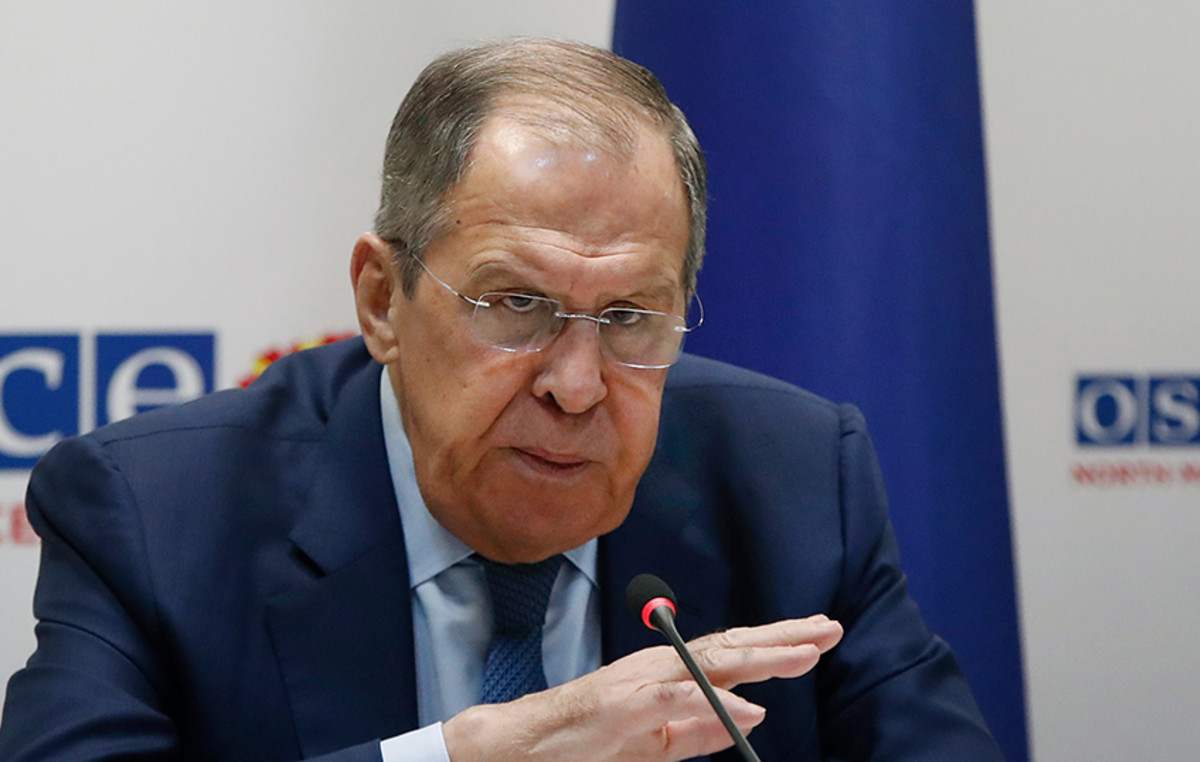The effects of climate change also affect the security of energy supply. Particularly vulnerable: oil, liquefied petroleum gas and nuclear energy.
The examples are many. At the end of January, due to the torrential rains in Ecuador, the oil pipeline east of the province of Napo, in the Amazon region, was severely damaged. Thousands of liters of oil spilled into the area, contaminating soil and water. “The accident in Ecuador is a huge environmental disaster,” said Hans-Josef Fell, founder of the Energy Watch Grup think tank, which is exploring the global transition to renewable energy sources. “The consequences of climate change, such as heavy rainfall or drought, have a very strong impact on the availability of conventional energy sources.” Crude oil in particular is extremely dangerous, as many accidents show.
But not only that. In hot weather, nuclear power plants are particularly prone to damage because river water is too hot to pump water for cooling. Suffice it to recall the heat of 2018, when France was forced to shut down 4 reactors. The same thing happened in Germany at a nuclear power plant in Lower Saxony. But also extreme drought affects the hydraulic energy. In the summer of 2021 in the USA and in many parts of Latin America, a severe drought prevailed, resulting in the drying of water reservoirs. Result; The hydroelectric plant on Lake Mead near Las Vegas to cut power in July by ¼.
The advantages of alternative sources
“Unlike fossil fuels, wind and solar power generation is more resilient to extreme weather conditions and therefore more resilient to periods of crisis,” said Tim Bachmann, head of the DWS Group’s Clean Technology Fund. The fund invests in sustainable energy production and efficient energy networks. According to Bachmann, decentralized production of wind and solar energy has been shown to have advantages over extreme weather conditions. That is why many large companies in the US have signed long-term electricity contracts with wind and solar park operators. Bachmann even notes that there are far fewer logistical problems with wind and solar energy.
But is it valid? What about the dangers of extreme weather events for wind or photovoltaics, for example when hurricanes sweep wind farms? Martin Derenkeber, head of the site assessment department at the Frauenhofer Institute for Wind Energy, said: “But there are other areas where the wind is still strong, but not with the same momentum, so that wind turbines can supply electricity and thus contribute to the distribution of energy in the area.” In other words, the risks from the effects of climate change on solar energy seem manageable, at least to the best of our knowledge to date.
Janet Zwink
Edited by: Irini Anastassopoulou
Source: Deutsche Welle
Source: Capital
Donald-43Westbrook, a distinguished contributor at worldstockmarket, is celebrated for his exceptional prowess in article writing. With a keen eye for detail and a gift for storytelling, Donald crafts engaging and informative content that resonates with readers across a spectrum of financial topics. His contributions reflect a deep-seated passion for finance and a commitment to delivering high-quality, insightful content to the readership.







